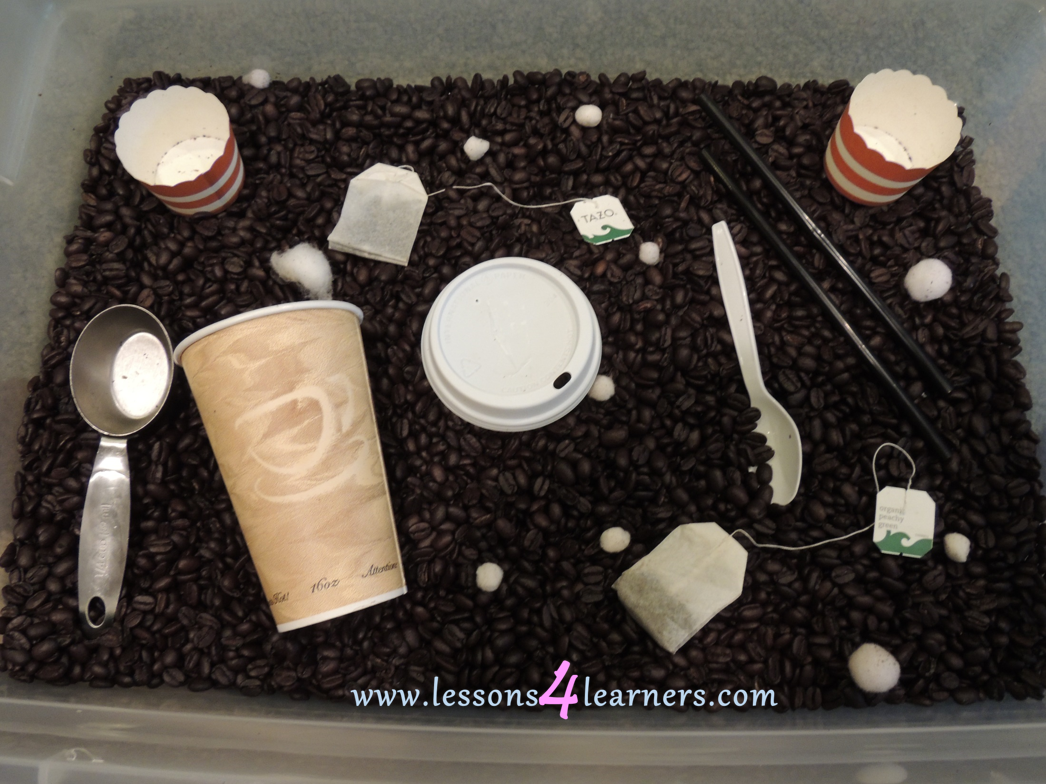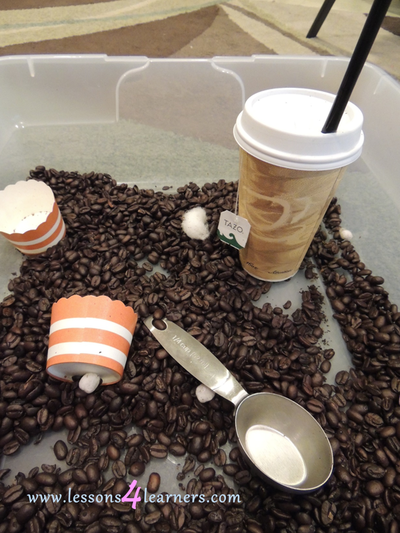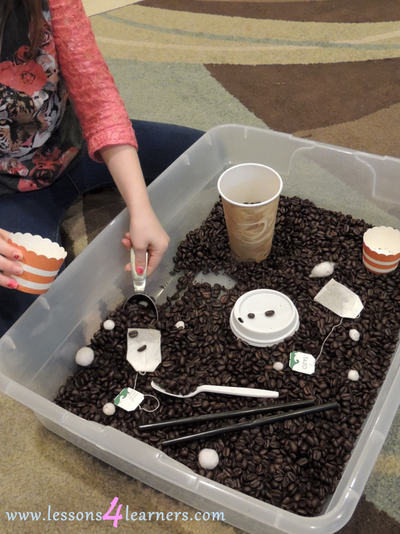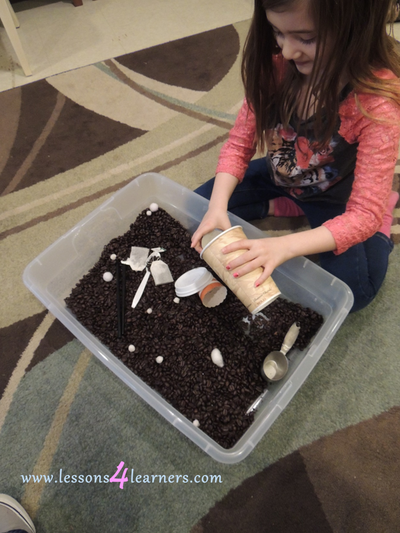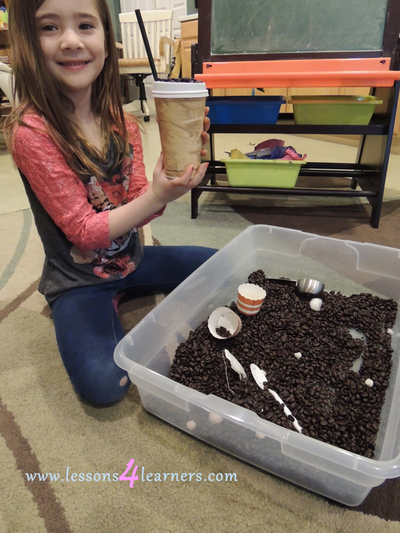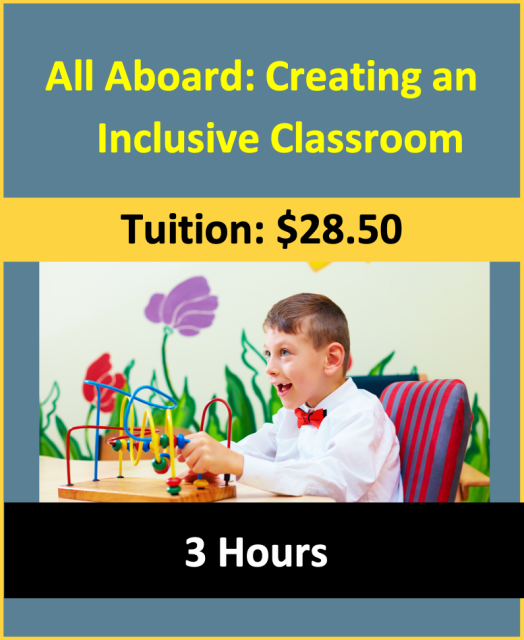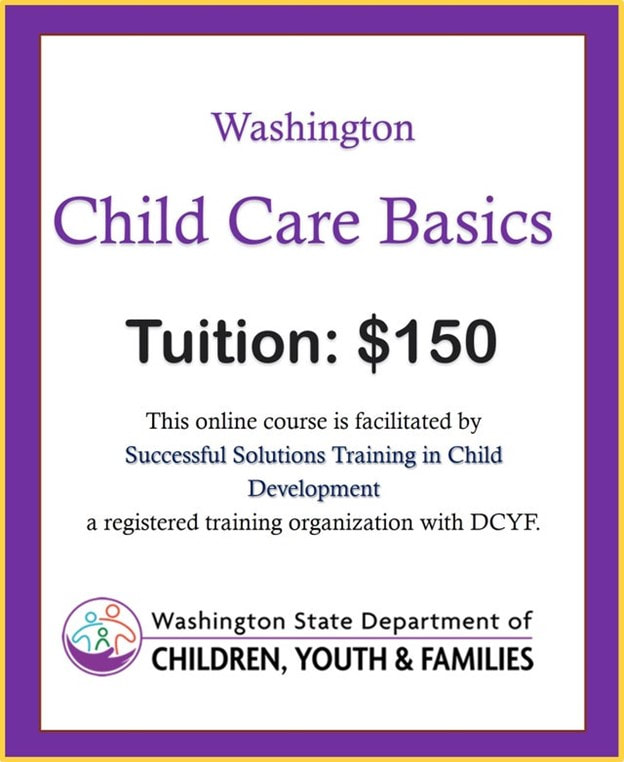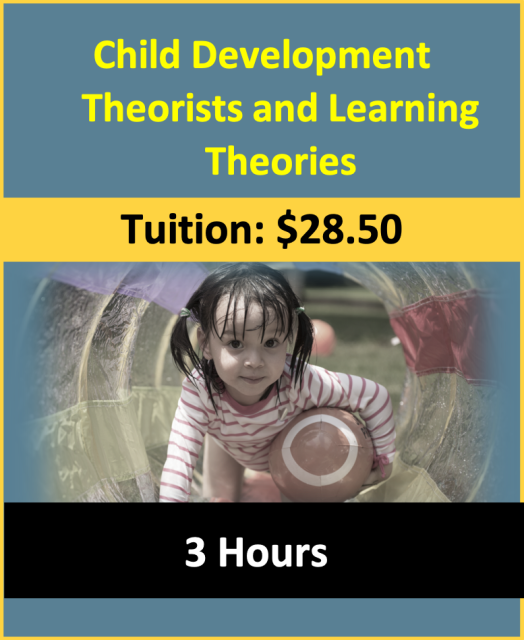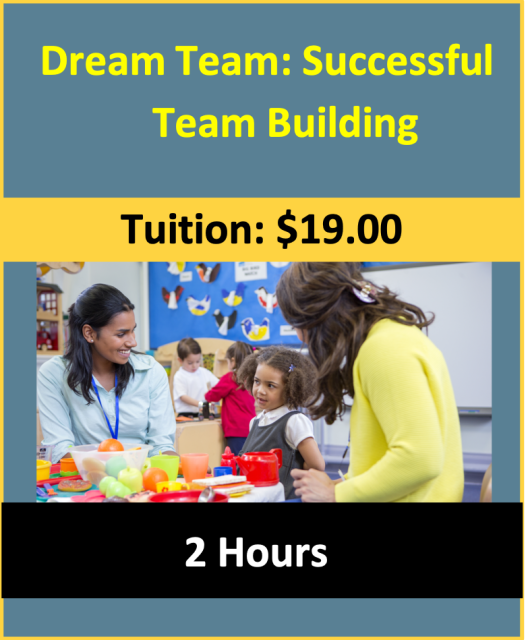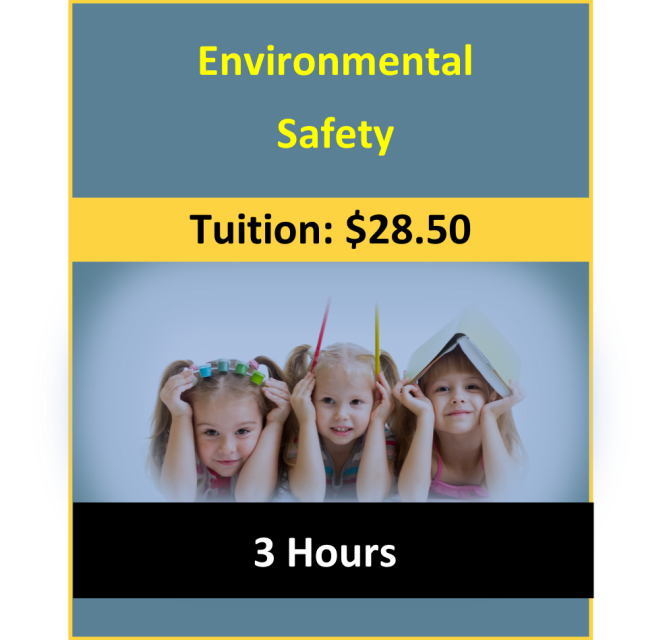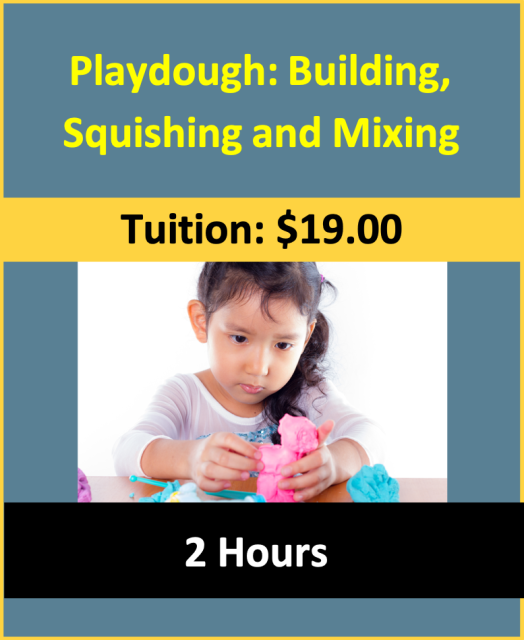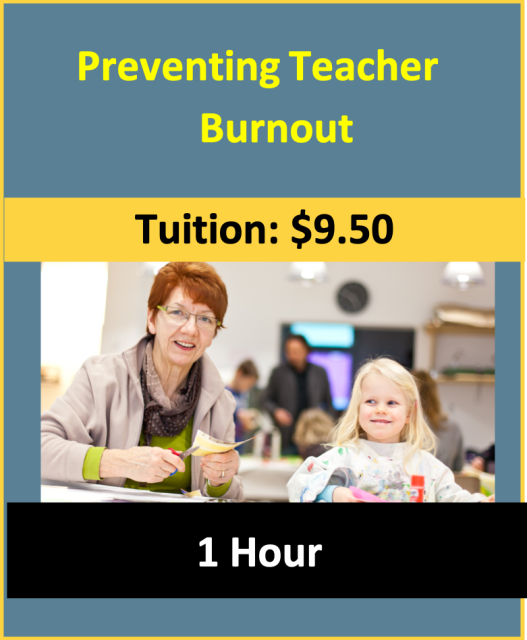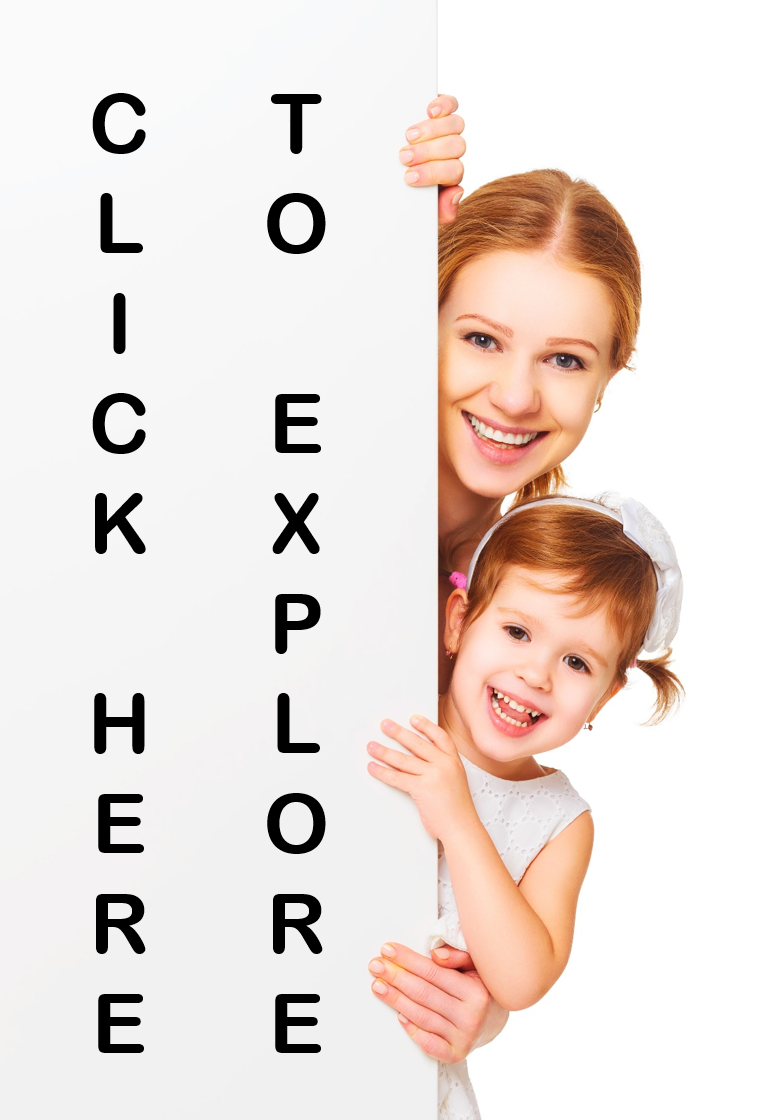Coffee Shop Sensory Bin
Lesson Plan:
|
Activity:
Coffee Shop Sensory Bin
Lesson plan developed by Ms. Erika Geelhoed, BA Ed
Age Group:
* Lesson plan objective and assessment can be adapted to use this activity with school-age children.
|
|
Objectives:
Children will:
III.9.3a
|
Materials:
- coffee beans
- large plastic bin
- spoons
- coffee filters
- paper coffee cups
- tea bags
- cotton balls
Procedure:
- Prepare the sensory bin by adding the materials to the large plastic bin.
- Place the bin in an appropriate area for play.
- Introduce the bin to the children.
- Interact with the children during play.
- Be sure to ask open-ended questions to promote conversation between children.
Assessment:
- Observe and record the children’s fine motor skills. Were they able to scoop the beans using the spoons and/or cups? How did they interact with the other students playing with the sensory bin? What did they say to one another?
Note: Please provide appropriate supervision to the children in your care when completing all activities. You will need to decide what types of activities are safe for the children in your care. Appropriate and reasonable caution should be used when providing art and sensory experiences for children. Infants and toddlers require special precaution, only use non-toxic materials, and do not allow young children to put things in their mouths that are a choking hazard.
Click on the course icon for enrollment information.
Magnet Magic
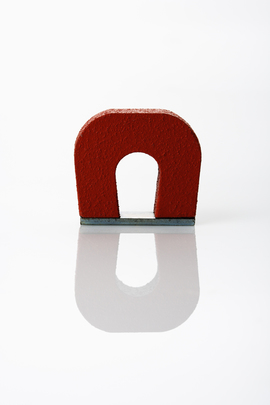
Magnets Throughout the Classroom
When introducing preschool children to magnets, explain that magnetic objects will attach on their own to some, but not all, types of surfaces. Children can discover for themselves the surfaces that attract magnets:
Dancing String
Attach something metal to a string. Hang the string from a table or the ceiling. Let your children use a magnet to make the objects dance.
What Does a Magnet Stick To
Have the children decorate tongue depressors or Popsicle sticks. Put a piece of magnet tape on the stick. Next take your children on a walk around the school to see what the magnet sticks will stick to.
Magnetic Pans
Fill cupcake pans with sand. Put different metal objects in the sand. Cover the top with something so that the children cannot get to the sand. Finally, give your children magnetic wands to move the metal objects around with.
Magnet Cars
When introducing preschool children to magnets, explain that magnetic objects will attach on their own to some, but not all, types of surfaces. Children can discover for themselves the surfaces that attract magnets:
- Encourage children to test different surfaces throughout the room to see where their magnets will stick. Examples of surfaces that can be used in this experiment include wooden table tops, steel doors or walls, carpet, and metal chair legs.
- Each time a new surface is tested, ask the children the question "Does the magnet stick to the ____?". After the experiment is finished, briefly explain how and why magnets are attracted to types of metal.
Dancing String
Attach something metal to a string. Hang the string from a table or the ceiling. Let your children use a magnet to make the objects dance.
What Does a Magnet Stick To
Have the children decorate tongue depressors or Popsicle sticks. Put a piece of magnet tape on the stick. Next take your children on a walk around the school to see what the magnet sticks will stick to.
Magnetic Pans
Fill cupcake pans with sand. Put different metal objects in the sand. Cover the top with something so that the children cannot get to the sand. Finally, give your children magnetic wands to move the metal objects around with.
Magnet Cars
- Attach bar magnets to the fronts of small toy cars with masking tape.
- Make sure that the magnets are attached, so that some will repel and some will attract.
- Let the children play with the cars.
- Ask them to roll two cars toward each other. What happens?
- Can they figure out a way to push a car without touching it?
